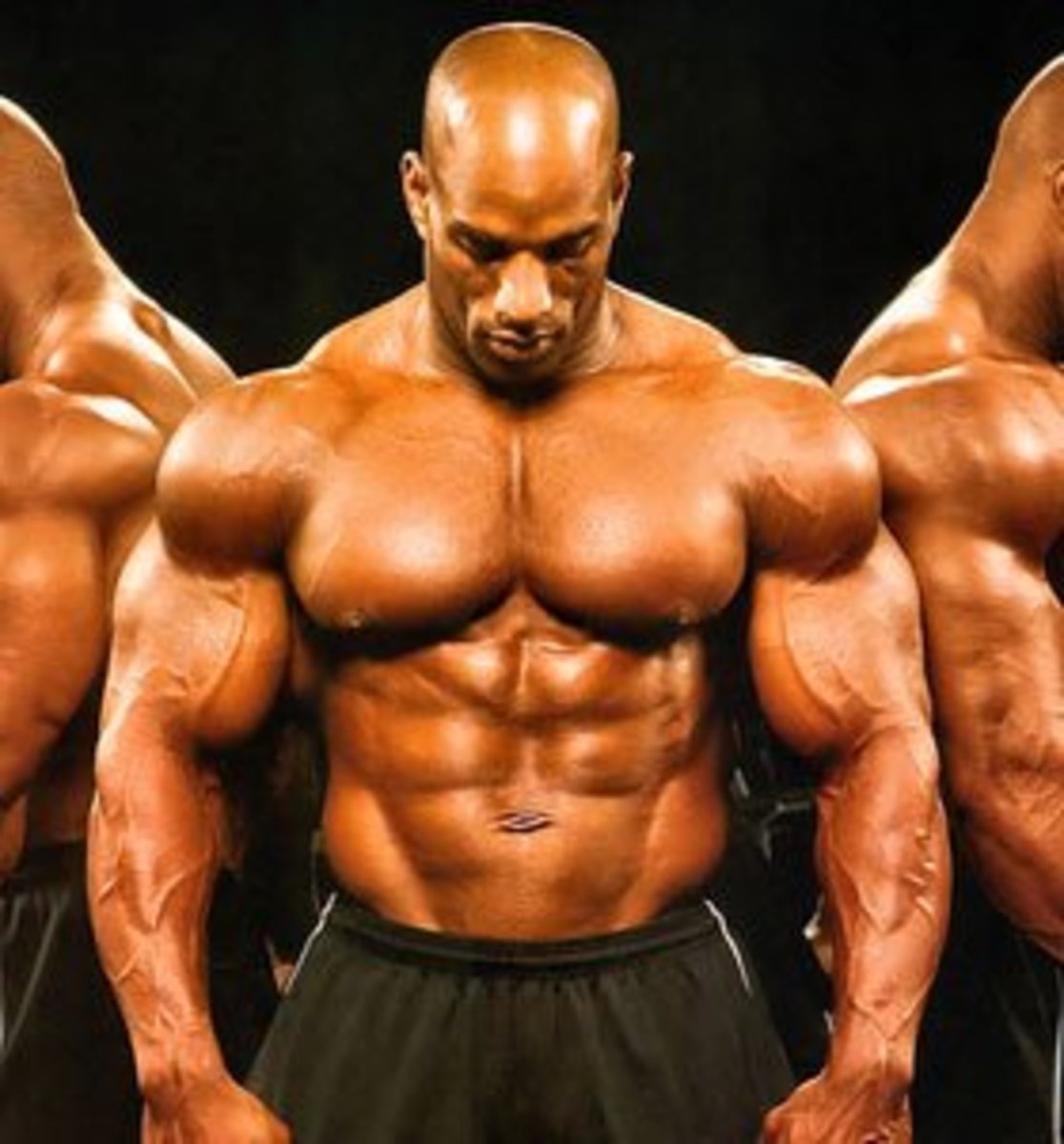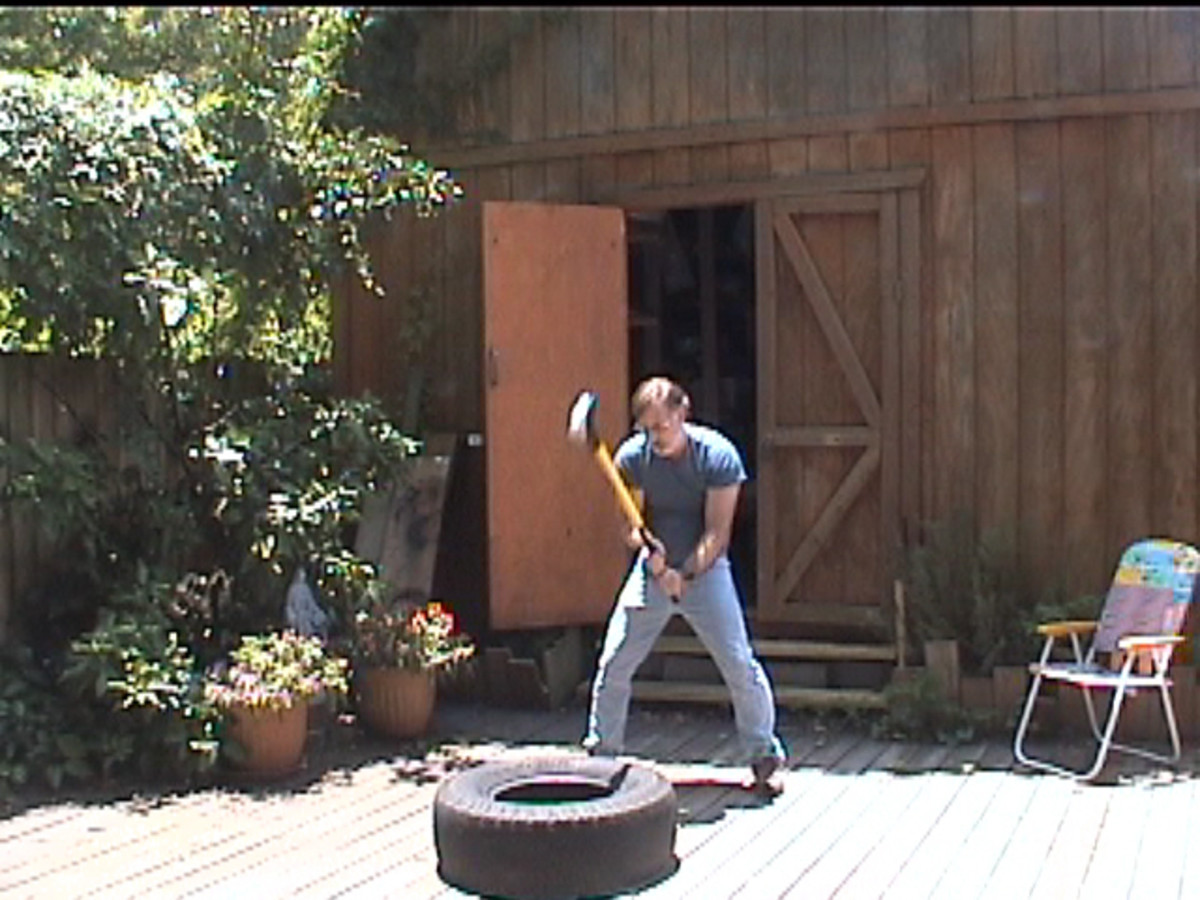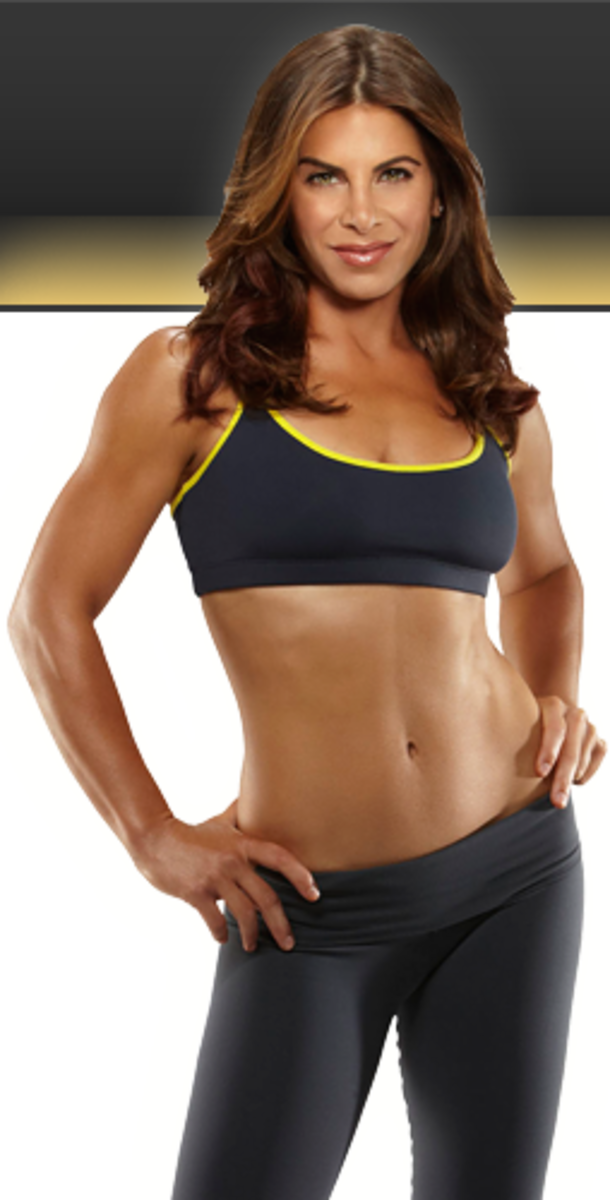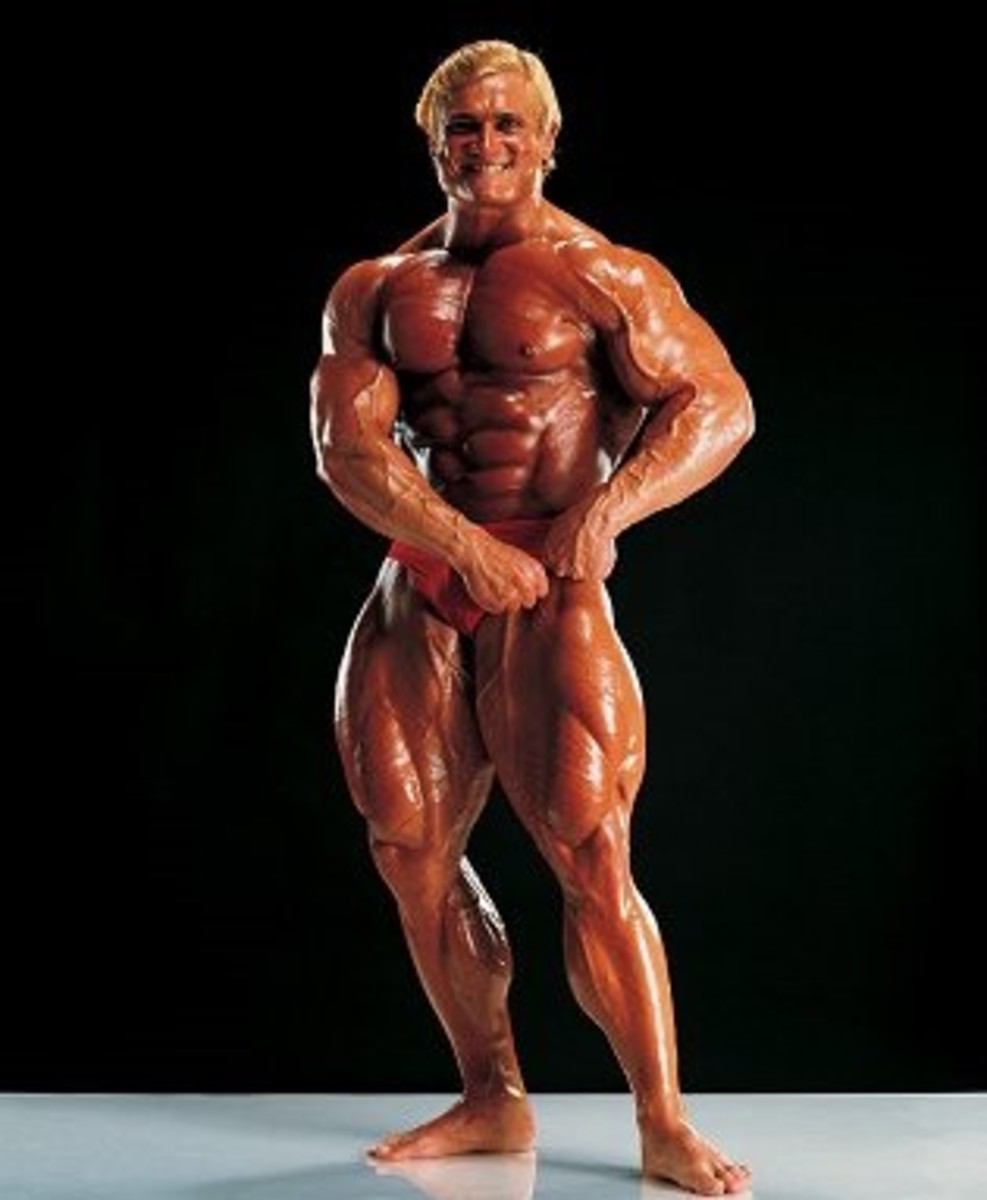Strength Training: How Many Sets Do You Need?
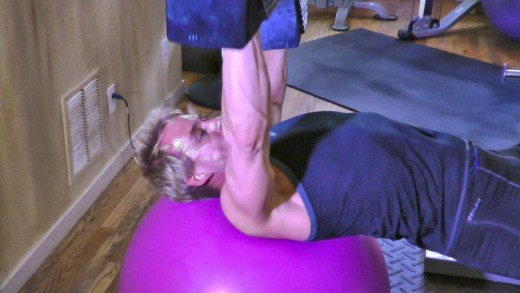
The Controversy Continues
If you ask a fair amount of strength training gurus the question: How many sets per body part do I need for the best gains in strength and muscle shape? You will get many answers ranging from one set to as many as twenty sets per body part. This can be confusing. How can you put together an effective training program with such a disparity as this? To make better sense of how many sets you really need, let's take a look at the physiology of the body and how it responds to weight training. In particular, we will discuss slow twitch/fast twitch composition, the all or none principle, and the hormonal response to weight training. By understanding these physiological concepts, it is much easier to choose the amount of sets you need.
Slow Twitch and Fast Twitch Fibers
All of the voluntary muscles of the body consist of two main types of muscle fibers: slow twitch and fast twitch. The body also has a third type of muscle fiber called the intermediate fibers, but they consist of a combination of elements of both slow twitch and fast twitch fibers which become more prominent based on the type of training an individual engages in (for example, if the trainee does a lot of distance running, the intermediate fibers become more slow twitch like, and vice versa for weightlifting). Because the intermediate fibers are actually a combination of the fast and slow twitch fibers, we will not discuss them in detail in this article. Just understand that they "become" more of one type over another depending on the type of exercise they are exposed to. Slow twitch fibers produce low levels of force but they are able to fire for a long time before they fatigue. They also work primarily with the aerobic energy system. They are, in essence, the endurance fibers. A marathon runner will call on and develop his slow twitch fibers more so than his fast twitch fibers. Fast twitch fibers, on the other hand, produce a large amount of force in a short amount of time and "burn out" quickly. They work primarily with the anaerobic energy system and rely on glycogen and creatine for energy. They are the fibers that are developed through resistance training or highly explosive activities (Olympic lifting, power lifting, sprinting, etc...). What everybody needs to know is that if you want to see more tone and definition, as well as muscle shape and increased strength and stability, you have to train the fast twitch fibers. Men and women both! The slow fibers do not change shape or get stronger...the fast twitch fibers do. When lifters engage in a split-routine multiple set protocol, they have to lower the overall intensity of every set to do so much work. By default, it is very difficult to recruit the fast twitch fibers when they do. Women make the same mistake. They are told that they need to do lighter weights and more reps/sets to "tone" their muscles. They will see some improvement at first, but then they will hit a wall and see no further progress to better tone and definition. To see more definition, they need to train harder.
The All or None Principle
The next physiological concept to understand for better program design is the all or none principle. It simply means this: once a muscle fiber is called on to contract, it gives 100% effort. It is either "on" or "off". Let's examine this further. In every muscle of the body, there are thousands of muscle fibers ready to perform work. When the body has to perform a task, let's say carrying groceries or lifting a glass for a drink, the body will call into play exactly the amount of fibers needed to do the task. No more. No less. The body will also call into play the smaller slow twitch fibers first before calling into play the larger fast twitch fibers. This is known as "size order of recruitment". So what does this mean as far as strength training is concerned? Let's use an example, say a bicep curl. When you lift an object, the body will call into play the slow twitch fibers first and only as many as needed. If you were to lift a light weight such as a drink, the bicep only needs some slow twitch fibers to do the work. These fibers can contract over and over again without fatigue, so you can lift and lower the glass all you want. Now lets add some weight. Lets say that you are doing an arm curl with 25 pounds. The bicep muscle will need to produce much more force to overcome the resistance. It will try to recruit the slow twitch fibers first (it will alwaysdo this), but it is not enough. The mind/nervous system will then recruit some fast twitch fibers to aid in the lift...just the amount it needs and no more. For the sake of illustration, lets say that the biceps fire 10 fast twitch fibers to do the repetition. These fibers are giving it their all..100% effort. Now lets do a second rep. The 10 fast twitch fibers are giving 100% effort, but they are a little fatigued and cannot complete the lift on their own. So what does the mind/nervous system do? Recruit more fibers to help. Lets say that now the bicep has 10 more fast twitch fibers "turned on" to aid in the lift. Very good. Now rep 3. The first 10 fibers are giving 100% but are only able to produce 50% of force, the second 10 fibers are giving 100% but are only able to produce 70% of the force, so now the mind/nervous system has to call into play another 10 fibers to continue the lift, and so on. The more this process happens, the more fast twitch fibers are called on to work, thus more stimulus to the muscle to grow stronger during recovery. Now here is where most trainees go wrong: as soon as you rest, even for a split second, the muscle fibers you use up to that point gets blood flow and energy back, making them strong enough to do the next repetition without the body having to call into play the deeper muscle fibers. As an example, if someone did a rep and just let the weight drop back down to the starting point, that allows for a little rest. Same with jerking the weight, bouncing the bar off the chest, pausing at the top, and any number of other ways to make the set a little easier instead of harder. What most trainees do to overcome this shortfall is to add more sets to their workout and spend more time in the gym. The truth is, it is intensity that increases strength, not volume.
The Hormonal Response to Strength Training
Arthur Jones (inventor of the Nautilus exercise equipment and the guru behind the HIT training program), made the observation through many years of research that the body responds well to intense exercise for 40 to 50 minutes. He found that any longer than that led to diminishing returns in strength gains. He also noticed that the body responded best with a minimum of 48 hours of rest (and in some cases up to 72 hours) between workouts. Why? He theorized that the central nervous system and the hormonal system had to go through a recovery process that simply took time...a lot of time! Research is proving him right. The body secretes higher levels of human growth hormone and testosterone (the hormones responsible for repair, growth, and "youthfulness") for up to 50 minutes of intense exercise. Intense training after that amount of time shifted the hormonal response to decreasing human growth hormone and testosterone, while increasing cortisol, the stress hormone that encourages fat storage and tearing down of muscle tissue. Training frequency has the same effect: too many exercise sessions with not enough down time leads to over training which also tears down muscle.
Conclusion
By having a deeper understanding of slow twitch/fast twitch fibers, the all or none principle, and the hormonal response to strength training, it makes sense to keep the workouts short in duration, infrequent, and hard! I have learned over the years how to make my workouts so effective that I only need 35 minutes three times a week for great gains. I also do one to two sets per body part, and train the whole body in the same workout. I have my clients follow the same overall regimen with fantastic results. The next time you consider adding more sets to your program, I urge you to consider adding more intensity to the sets you are already doing. This one change will bring about new growth to your muscles.

